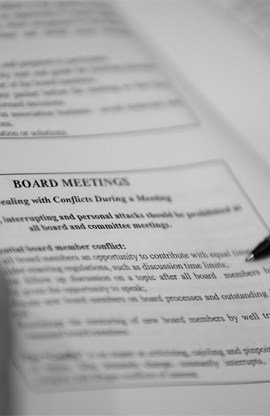The statistics are devastating: more than 100 Americans die each day from an opioid overdose.[1] The rate of death from opioid addiction has skyrocketed over the last two decades, and drug overdoses now kill more people than gun homicides and car crashes combined.[2] The statistics regarding opioid addiction are no less startling – in 2014, an estimated 2 million Americans were addicted to opioids.[3] Without serious intervention on the national, state and local levels, these figures are sure to grow.
Many states have issued emergency declarations over the epidemic, attempting to highlight the issue and provide more resources to help communities address this fast-growing problem. In June 2017, Governor Doug Ducey followed suit, declaring a state-wide health emergency in Arizona. The governor’s declaration seeks increased reporting on opioid-related deaths, increased availability of the overdose-reversing drug naloxone, and faster access to treatment.
Given these staggering figures, it’s highly likely that someone in your community has been touched by opioid addiction. What can a community association do?
First, associations can provide education to residents about the opioid crisis and its effects. Whether in the form of a specially-held seminar or an agenda item at an regular Board meeting, associations can bring in local experts to discuss the epidemic.
Associations can become involved in fundraising and advocacy efforts, as well. They can offer their meeting spaces or recreational areas to groups looking to raise awareness of the issue – or looking to raise funds to tackle the crisis. Community members who are particularly passionate about the issue may want to join forces to lobby local, state and federal lawmakers for additional resources to battle the opioid crisis.
Finally, with the push at all levels of government to make the drug naloxone more readily available, associations should monitor the trend and examine the legal issues related to having naloxone available in the community – just as an association may have an automated external defibrillator (AED) in its clubhouse. Through these, and other interventions, community associations can be good neighbors in helping to battle the opioid epidemic.
[1] https://www.cdc.gov/drugoverdose/epidemic/index.html
[2] https://www.whitehouse.gov/sites/whitehouse.gov/files/ondcp/commission-interim-report.pdf
[3] https://www.cdc.gov/drugoverdose/opioids/index.html
